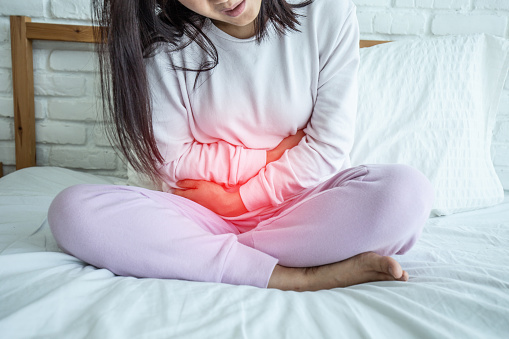Introduction
If you’re considering buying a home or refinancing your existing mortgage, understanding mortgage rates is crucial. Mortgage rates play a significant role in determining the overall cost of homeownership and the monthly mortgage payments you’ll need to make. In this comprehensive guide, we’ll dive into the intricacies of mortgage rates, the factors that influence them, and essential tips to secure the best rates for your dream home.
What are Mortgage Rates?
Mortgage rates refer to the interest rates charged by lenders on home loans. These rates determine the cost of borrowing and directly impact your monthly mortgage payments. Mortgage rates are expressed as a percentage and can be fixed or adjustable, depending on the type of mortgage you choose.
Factors Affecting Mortgage Rates
Several key factors influence mortgage rates, and understanding them can help you navigate the borrowing process more effectively.
1. Economic Factors
Economic conditions, such as inflation, unemployment rates, and economic growth, can influence mortgage rates. In times of economic uncertainty, mortgage rates may be lower to stimulate borrowing and spending.
2. Credit Score
Your credit score is a significant factor in determining the mortgage rate you qualify for. A higher credit score generally leads to lower interest rates, as it indicates a lower risk for the lender.
3. Loan Term
The length of your mortgage term also affects the interest rate. Shorter-term loans typically have lower interest rates, but they come with higher monthly payments.
4. Down Payment
A larger down payment can lead to a lower mortgage rate. Lenders often offer better rates to borrowers who can put down a substantial amount upfront.
5. Loan-to-Value Ratio (LTV)
The LTV ratio is the percentage of the home’s value that you are borrowing. A lower LTV ratio (meaning a larger down payment) can result in more favorable mortgage rates.
6. Market Conditions
Mortgage rates can fluctuate based on market conditions, investor demand, and the overall health of the housing market.
Tips to Secure the Best Mortgage Rates
Now that we’ve covered the factors influencing mortgage rates let’s explore some essential tips to help you secure the best rates possible.
1. Improve Your Credit Score
Maintaining a healthy credit score is vital for getting favorable mortgage rates. Pay your bills on time, reduce outstanding debts, and avoid opening new credit accounts before applying for a mortgage.
2. Comparison Shop
Don’t settle for the first mortgage rate you come across. Shop around and obtain quotes from multiple lenders to compare rates and find the most competitive offer.
3. Consider Points
Points are an upfront fee paid to lenders to lower your mortgage rate. Depending on your financial situation, paying points can lead to long-term savings on interest.
4. Lock Your Rate
If you find a favorable mortgage rate, consider locking it in. Mortgage rates can fluctuate daily, so a rate lock protects you from potential rate increases while your application is processed.
5. Opt for a Shorter Loan Term
While longer-term loans offer lower monthly payments, opting for a shorter loan term can result in lower interest rates and substantial interest savings over time.
6. Save for a Larger Down Payment
Saving for a larger down payment not only reduces your LTV ratio but also improves your chances of securing a more competitive mortgage rate.
How to Calculate Mortgage Payments
Understanding how mortgage payments are calculated is essential for budgeting and financial planning. The primary components of a mortgage payment include:
1. Principal
The principal is the initial amount borrowed to purchase the home.
2. Interest
The interest is the cost of borrowing, expressed as a percentage of the principal.
3. Taxes
Property taxes are typically included in your monthly mortgage payment.
4. Insurance
Homeowners insurance is another component of the monthly payment.
5. Private Mortgage Insurance (PMI)
If your down payment is less than 20%, you may need to pay for PMI.
By combining these components, you can calculate your monthly mortgage payment using online calculators or mortgage payment formulas.
Conclusion
Understanding mortgage rates is crucial when navigating the home buying or refinancing process. Keep in mind that mortgage rates are influenced by various economic and personal factors, and obtaining the best rates requires careful planning, a strong credit profile, and thorough comparison shopping. By following the tips provided in this guide and staying informed about current market conditions, you’ll be better equipped to secure the most favorable mortgage rates and embark on the journey to homeownership with confidence.



